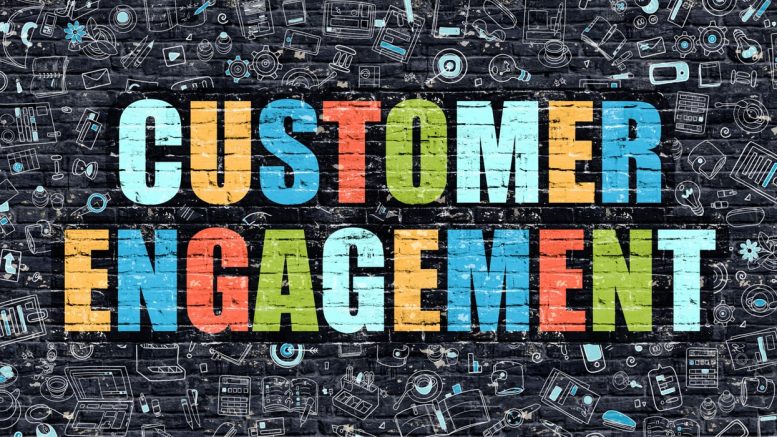Although there are no official figures, according to a study the average American consumer encounters between 6,000 and 10,000 brands every single day. There are no definitive figures for Indian consumers, but even if we treat these as ballpark figures, that’s an enormous number of brands vying for eyeballs and attention.
Now, why did I assert on both eyeballs and attention? Research shows, people today touch, swipe or tap their phone 2,617 times a day – and a majority of it is caused by ‘distractions’. So, how do you engage a user who is prone to get distracted? The Consumer today is walking with a cognitive ad-blocker. The moment they encounter a brand, a pop-up appears in their mind that searches for the ‘X’ mark. The challenge is how to hook them up (ethically). For the communication industry, this increases the threshold of challenge.
I was speaking with one of the most respected communication professionals of India, Sujit Patil, on the evolution of digital PR in the last few years. This was on one of the meetings reserved to discuss industry trends. It’s more of an idea exchange avenue, during which he listens and poses questions – some we try to answer; to others, he provides his perspective.
During one such meeting, he threw in a question: how do you define engagement? Is there a formula? It was at that moment, that I realized E=MC2 holds true for communication as well; albeit not of Einstein.
Engagement = Message X Content (Format and Channel) X Creator
Engagement is a direct result of the right message, delivered in the right format and channel, to the right customer, and at the right time.
It’s not just important to get the messaging right, it has to be in the right format, on the right channel, send to the right customer and at the right time. That’s a very small window of operation, isn’t it?
Can the message be tailored to suit the customer? For instance, a well-crafted message in one language may not click with an audience that consumes content in another as language context sometimes changes the meaning of your message. Can it be personalized to an extent that it gives an impression it was created just for me? What tonality and personality of your message delivery are preferred by your audience? Thankfully, there are data insights and tools which can help us to do this the right way.
Similarly, some messages are delivered through short videos and maybe a few others through static posts. It entirely depends on what your audience base prefers. You must learn how your audience behaves to various types, formats, and tonality of messages.
On a visual platform such as Instagram, even the choice of the colour palette can create or break your engagement strategy. You need to get the attention of the audience before serving them your message. The next question you need to ask is, when is your customer active on a particular platform? Are you delivering your message when they are more likely to engage with it?
And finally, one question we all need to ask more often is how relevant is the creator? When it comes to influencer engagement, Marshall McLuhan’s oft-quoted phrase ‘The medium is the message’ holds true.
The era of only looking at the follower count and selecting an ‘influencer’ is a passe. The influencer industry has had a few disquieted quarters when the issue of bot followers surfaced in the media. This quickly propelled brands to switch the strategy and look at engagement per post. Alas, engagement too was quickly made available in the market at a cost. So what could be an ideal way to choose an influencer? The solution lies in going back to the basics.
What is that you want to achieve by engaging an influencer? Is it increasing the reach of your content or ‘influence’ of your content? Depending on the campaign and the objectives, there can be multiple permutations and combinations which can be made.
If influence is what matters more, then you need to select the influencers who are more relevant to the persona of the audience you want to influence. This is a more qualitative approach towards selection.
However, if the reach is your deal-breaker, then the solution is to focus on ‘reach-rakers’: a collection of influencers with high net reach (not just followers). A simple way to calculate net reach is to divide the total number of followers by the average engagement rate. This in itself requires a series of conversations, but let’s save that for a later date.
Engagement is a two-way street. The audience today realizes that they are investing their time, trust, and attention. The real question a customer asks is: What are you offering me in exchange?
If your content is built on the principles of bi-directional conversation, engagement will be the most likely result.
The views and opinions published here belong to the author and do not necessarily reflect the views and opinions of the publisher.



Be the first to comment on "Equation of Engagement: E=MC2"